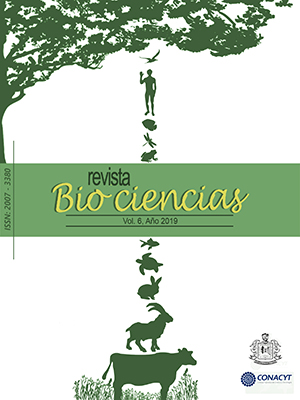Abstract
Three strains of marine microalgae (Schizochytrium sp., Navicula sp., and Grammatophora sp.) and a mix of three probiotic bacteria (Lactobacillus spp.) were evaluated as diet to feed white shrimp (Penaeus vannamei) larvae. These species were cultivated outdoors without temperature or light control. Chaetoceros muelleri was cultivated under standard techniques and used as control. Penaeus vanammei larvae were stocked at densities of 175 naupli l -1 in 70 l experimental units. The microalgae concentration was maintained between 70000 and 125000 cells ml -1 and the probiotic at 114 x 103 UFC l -1. Shrimp larvae were stocked at nauplii stage V and maintained up to Mysis I; the histochemical activity in the digestive system of larvae, as well as the respective bromatological composition was evaluated at the end of the experiment. The best survivals were observed in trials conducted with Chaetoceros muelleri as control (61.6%), the mix of Grammatophora sp. and Schizochytrium sp. with probiotics (58.3%), and the mix of Grammatophora sp. and Schizochytrium sp. (55.8%). A mortality of near 100% was observed with single Navicula sp. without probiotics. There was no clear relation found between histochemical activity and bromatological composition in the digestive system of shrimps. However, these results suggest that the use of Grammatophora sp.+ Schizochytrium sp. cultured outdoors to feed P. vannamei larvae is feasible.

Revista Bio Ciencias by Universidad Autónoma de Nayarit under Creative Commons Attribution-NonCommercial 3.0 Unported License.
Based on work of http://biociencias.uan.edu.mx/.
Further permits not covered by this licence can be found at http://editorial.uan.edu.mx/index.php/BIOCIENCIAS.






